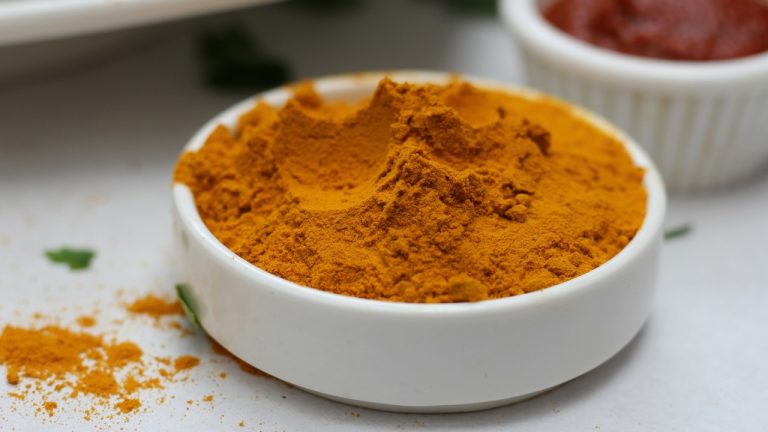What are the Structure and Classification of Food Lipids?

Food lipids are a class of biomolecules that are essential for human nutrition and play important roles in food functionality, such as texture, flavor, and mouthfeel. The structure and classification of food lipids are as follows:
Structure:
Food lipids are composed of fatty acids and their derivatives, such as glycerol, phospholipids, and cholesterol. Fatty acids are long chains of hydrocarbons with a carboxylic acid group at one end, which determines their chemical properties. Fatty acids can be saturated (no double bonds), monounsaturated (one double bond), or polyunsaturated (two or more double bonds). The physical properties of lipids depend on the fatty acid composition, such as melting point and viscosity.
Classification:
Food lipids can be classified into different types based on their chemical structure and properties. The major types of food lipids are:
Triglycerides: These are the most abundant type of lipids in food, consisting of three fatty acids attached to a glycerol backbone. Triglycerides are found in both animal and plant-based foods, such as butter, oils, meat, nuts, and seeds.
Phospholipids: These are lipids that contain a phosphate group in addition to the fatty acids and glycerol backbone. Phospholipids are essential components of cell membranes and are found in foods such as egg yolks, soybeans, and organ meats.
Sterols: These are lipids that contain a steroid nucleus, such as cholesterol. Sterols are found in animal-based foods such as meat, eggs, and dairy products.
Fatty acids: These are the building blocks of lipids and can be classified based on their length, degree of saturation, and position of double bonds.
Other lipids: Other types of food lipids include waxes, free fatty acids, and fat-soluble vitamins (A, D, E, and K).
In summary, food lipids are composed of fatty acids and their derivatives and can be classified into different types based on their chemical structure and properties. Understanding the structure and classification of food lipids is important for understanding their role in human nutrition and food functionality.



